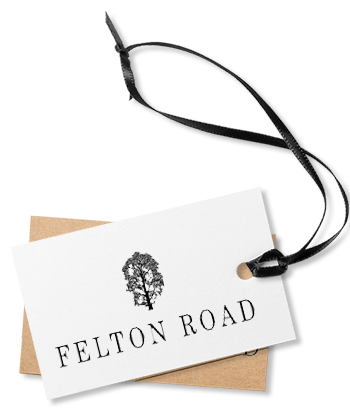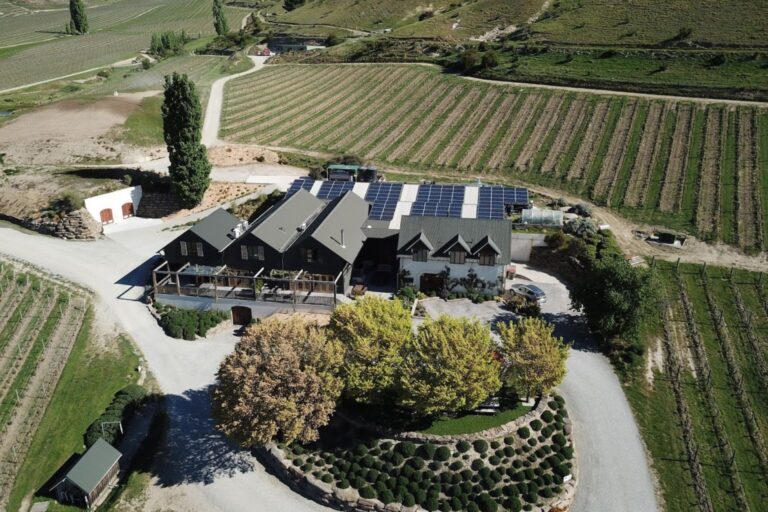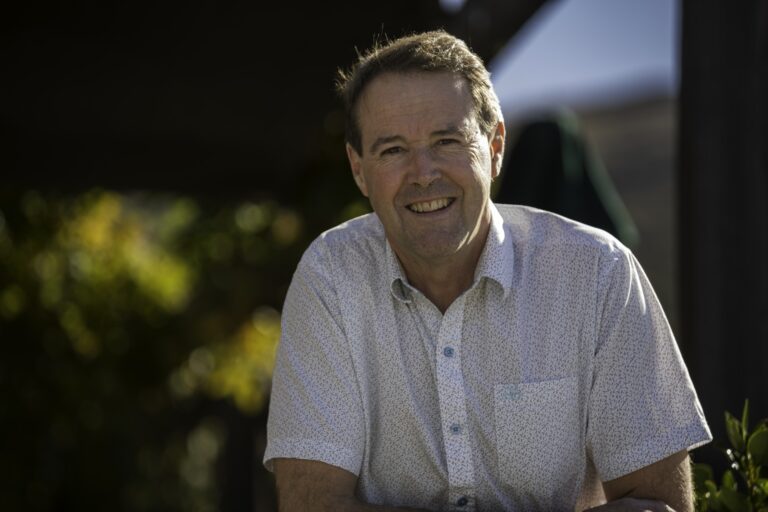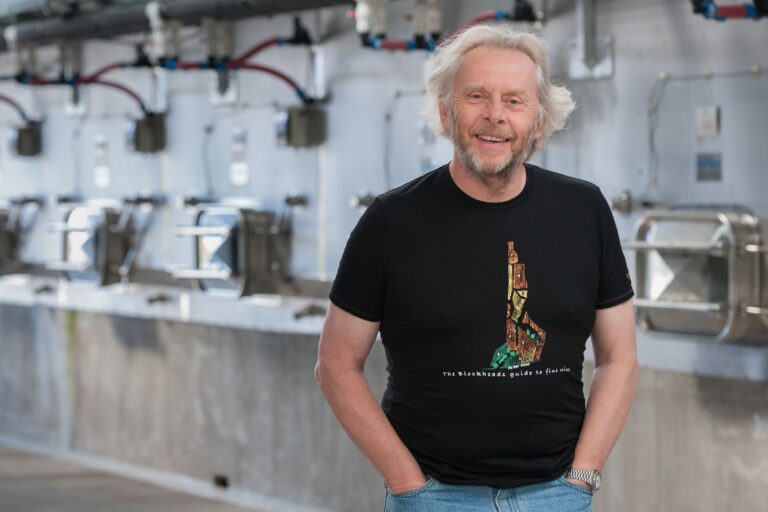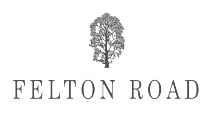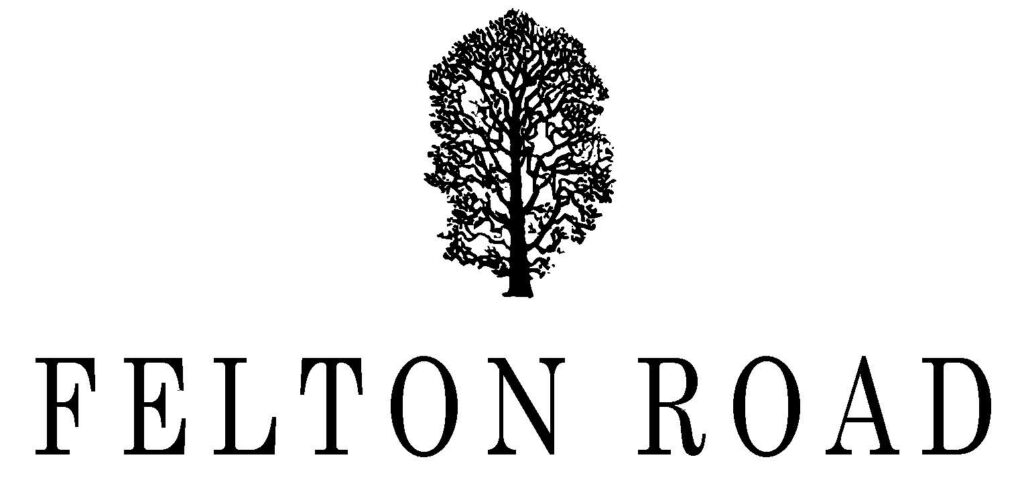Nigel’s Harvest Blog 2021
3rd May 2021
As the last wines are pressed off to barrel, the winemaking teams don’t get a break, or chance even to catch their breath; there’s the first tranche of the 2020 wines waiting to be bottled. So, getting on for 300 barrels of wine to rack, then combining and moving to tank to prepare for bottling, then those 300 barrels to clean ready for their next use.
Next week, bottles, boxes, capsules, labels, all start to arrive. The week after, the bottling truck will park below the crush pad and 2020 starts to show it’s face.
I for one am very excited because, in this strange time, I haven’t tasted them yet. I saw many of the components on their journey to barrel last April, but being locked out of the country right now, I’ll have to wait for the courier to arrive in about 4 weeks time.
I know enough to be excited, this will be a special year: special wines. But, if I count back through the last decade, we’d probably say that 7 of those ten vintages were of outstanding quality. Now that is an oxymoron: you can’t have 7 out of ten being called outstanding by definition.
So what do we say? Should we all just get a lot pickier and say that what we used to call ‘outstanding’ is now just ‘ho hum’ or ‘run of the mill’?
That’s not accurate. The truth is that those seven vintages were hitting a standard where we think there isn’t much else we could have done in that vintage to push the quality significantly higher. That’s not us being arrogant or complacent, it’s just we don’t know what that next step might be. We’ve got ideas… we’ve got plans… trials… because we know there are those steps out there to find, then nail.
But more important is to stop just chasing better and embrace different. Each vintage has its own personality. I have never seen two the same and probably never will. My excitement with the 20’s isn’t that they will be better than the 19’s but different and different in a way I’ve never seen before. That’s why we’ll never run out of wanting to make and taste the next one.
What am I expecting to see? I think something edgier and with a little more attitude than the 19’s. The 19’s have a sureness about them, maybe a mix of concentration and swank: suave wines. 20’s might be rough diamonds by comparison. Less of the polish, but brilliant company; Daniel Craig rather than Roger Moore. We’ll see. I was always a traditionalist, a Sean Connery fan. So what year might his be? Now, there’s a thought… 12 maybe? Not 07, I’m afraid, James. It was a year with enough potential, but we didn’t know enough back then. And there’s the thing. If 14 years has taught us a lot, how much more will we know in 2035? Will we disparage the 20 as a wine of our ignorance? I’ll be pleased If I’m here to have that conversation!
Meanwhile roll on the 20’s!
Cheers,
Nigel
19th April 2021
As we turn our attention to guiding our freshly harvested grapes into wine, it is appropriate to recognise our colleagues in Europe who already know that there will be no harvest. Frost has devastated vineyards through much of Europe, not least in Burgundy. There is talk of the worst frost event for close on a century. It is depressingly familiar to hear of yet another piece of the climate change jigsaw falling into place. It is bad enough that a harvest is lost: a year’s income down the drain, but still a year’s costs to fund. It may well be two years’ loss: frost often destroys the nascent buds that will form next year’s growing material. A hard frost indeed.
With the fear growing that this is the new normal, vignerons are asking what they can do to fight this. The options seem bleak. I have seen press reports that the wealthiest vineyard owners in Burgundy can use helicopters to frost fight. This isn’t really accurate, implying that the cost is beyond most. Helicopter frost fighting is surprisingly cost effective, de rigeur in Central Otago, or Marlborough, and the wines there sell for a fraction of those in Burgundy. The issue is a different one. Very few Burgundy estates own whole vineyards. Their holdings are split up into a few rows here and there in, maybe, a couple of dozen different vineyards many kilometres apart. That doesn’t work for a helicopter, though Bordeaux vineyards are normally monopoles, so it would be easier there. But, you need helicopters locally that can do the job. In Central Otago, with huge areas of mountain wilderness, a winter Heli-ski industry and farms of hundreds of thousands of hectares, helicopters are a common working tool. We have one of the highest percentages of helicopter ownership in the world; not for luxury but as a necessity. When somebody accidentally started a small bush fire by our Cornish Point vineyard a couple of years ago, there were five helicopters on-site and fire fighting within about 40 minutes. I doubt the whole Cote de Nuits has five suitable helicopters to hand.
Water is also a very effective way to combat spring frost, spraying a protective water mist onto the vines. But it takes a lot of water, far more than currently exists in a region like the Cote D’Or. The millions of frost candles that turn the vineyards into a spectacular sight there are clearly not adequate to the job. So, might we see big infrastructure projects to bring protection to these precious vineyards? There is already research and trials going on for hail protection there.
Climate change will not go away, so hoping isn’t a strategy. Neither is tradition. It will take technology to solve the problem.
We send our sympathies to our friends there. All of us know that farming is filled with uncertainty, no matter what the crop. Grapes are among the most fragile. But they can also be valuable enough that solutions can be found.
8th April 2021
There is definitely a release of tension in the air on the picking side. There will be weather moving in on Saturday, but by then it will mostly be over. The teams are picking through the Elms Blocks now, Chardonnay is done and, somewhat curiously, Riesling isn’t ready yet. By Friday evening all the Pinot will be in, other than about ten tonnes of slightly recalcitrant MacMuir fruit. The later clones at MacMuir: Abel, 828 and 943 are well able to benefit from a bit more hang time, so we are confident that the remaining MacMuir vines are in good shape for the fruit to ride the weather front, then come in next week with the Riesling.
It will be a full harvest as we had hoped: it’s been a few years now since we’ve actually produced the 12,500 cases the estate is designed to yield. But it won’t be over, just reassuringly on target. We’d been worried that Chardonnay would be low, but it came good: Because the Mendoza Chardonnay has a lot of small “chicken” berries, sometimes they just shrivel and we lose them, sometimes they stay small, but sometimes they do some late growth and this year the berry size has come back at the last minute.
The team has been perfect; it was always a potential worry that in these strange times, we’d be short, but the team were there for us and did a stellar job. Now there will be a chance for them all to relax, or to move on to the next winery, as suits their needs.
The winery quietens down; no need for a forklift until wines press-off in 2-3 weeks’ time. It is the time for watching the bugs do their magic, to measure and soon, to start to taste. In just two weeks’ time the first wines will be moving to barrel. By then the vineyard team will be finishing putting all the nets away and compost spreading will begin. The cycle starts again…
29th March 2021
We’ve been picking for a few days now. I’m watching from the other side of the world, but haven’t been posting the news because we need to really get a handle on the vintage to say much, and this year it has taken quite a while.
The first thing to say, and it is a big thing, is that this is the third vintage in a row where we have seen what we might call normality. No bizarre weather driving the vintage, no excessive heat, no shift in the growing season. Harvest started last week of March, which was normal for us, with coolish but stable weather, grapes were coming to ripeness without building excessive sugar, no significant disease pressure, in fact conditions that most would call ideal. Except we aren’t most and we often tend to be driven by our own paranoia. Vintage wouldn’t be vintage without anxiety!
So what is there to worry about? Berry sizes at Cornish Point have been on the large side. That actually makes me laugh. Berry sizes at Cornish Point have always tended to be generous, it is part of what others would describe as “our terroir”. But it gives us a chance to perform a saignee and make a few cases of Vin Gris. Fans of of this rare wine will rejoice. We haven’t actually made a Vin Gris since 2016. It is a by-product of larger berries where we free run some juice from the fermenter to bring the skin to juice ratio back to “normal”. The juice goes to make a ‘blanc de noirs’. Never quite blanc, hence Vin Gris.
Chardonnay is within a couple of pressloads of done. We had thought yields might be pitiful. The good news is they aren’t: they are merely semi-pitiful. Actually, on the scale from pitiful to plentiful, they are maybe about half way along the line. Which is better than 2020.
By the end of today, Cornish Point may be in, Calvert pretty much there, and the early nibbles of Pinot at MacMuir and Elms will be happening. Weather looking forward is as close to ideal as autumn weather ever gets, so we get to worry about the little things instead of impending doom.
It is still too early to have any insight as to fermentation. The wines are quietly working through their cold soaks. In the next day or so a big change will happen: as the team walk in to the winery in the morning, it will smell… of wine. That is a magic moment. Then the worry over grapes and harvest turns to a worry over the winemaking. What was game on for the vineyard team becomes game on for the winery team.
Am I missing being there? You can guess just how much. Our 25th Vintage, my 21st. C’est la guerre.
Nigel and the team at Felton Road.
